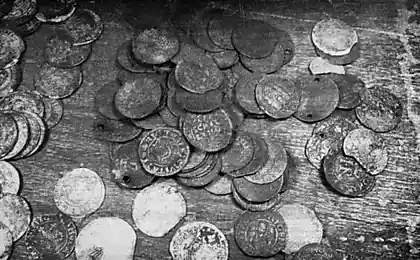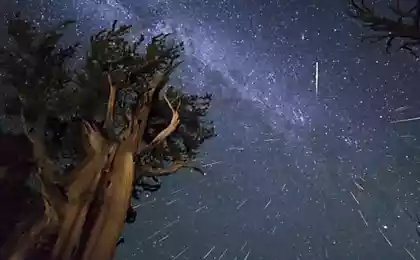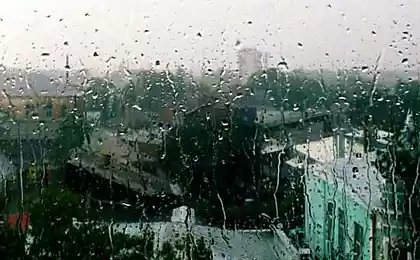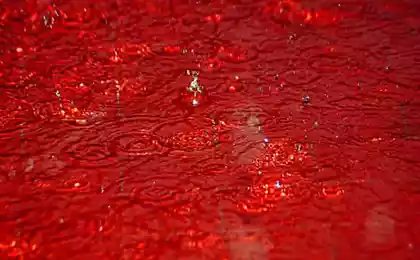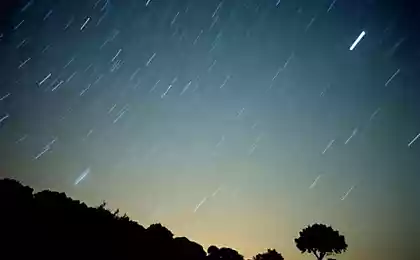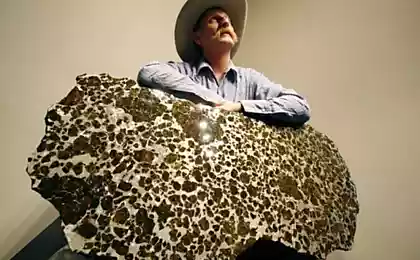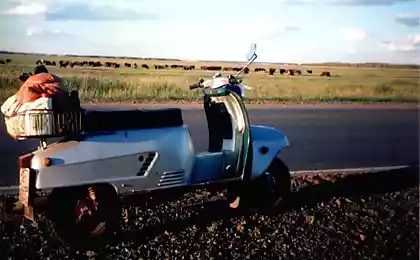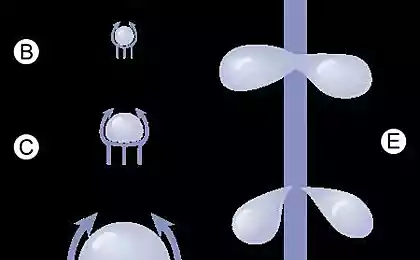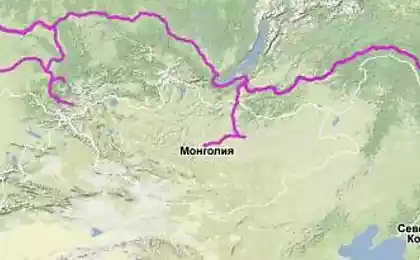1007
Meteor rain or Perseids (15 photos)
In the night sky falling star? Make-your fondest wish! And every August, for nearly a month, at night you can make a wish to one hundred per night, and even more! After all, our planet within a few weeks will be under the "bombardment" of falling meteorites, which in astronomy are called meteor shower or the Perseids. This year, the number of meteors reaches the mark "above average", and it will be really exciting event for the celestial observers from around the world.
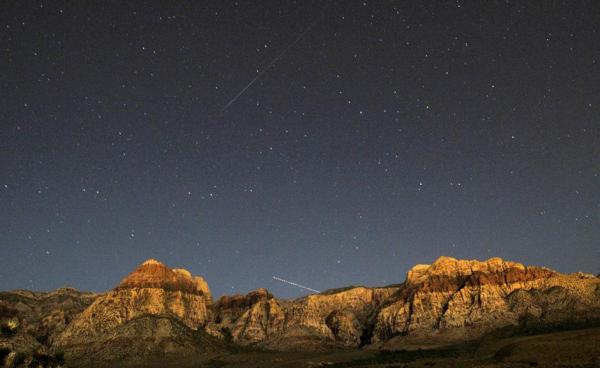
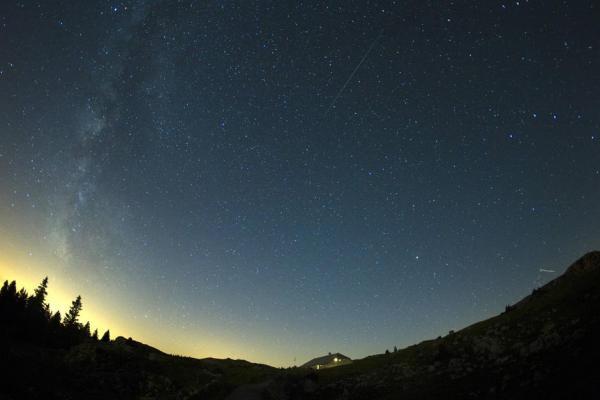
1) Almost all of August 2009 (up to ~ 24 August), you can observe a rich meteor shower Perseids called. This picture was taken using a long shutter speed and the lens' fish-eye ».
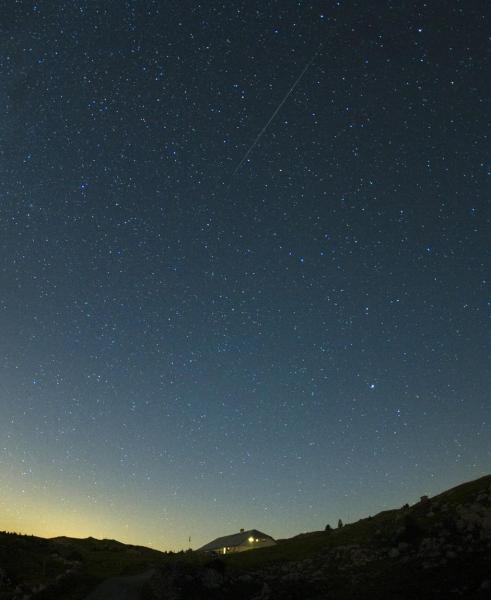
2) The Earth's surface is constantly bombarded by celestial bodies of various sizes. When the friction of air particles are heated and burn or evaporate, leaving a bright trace - a meteor.
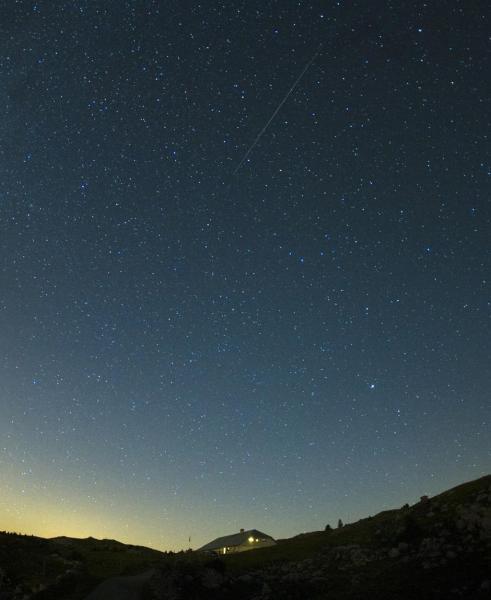
3) called Meteor light phenomenon that occurs at an altitude of 80 km to 130 km from the Earth's surface during the invasion of the earth's atmosphere particles - meteoroids.
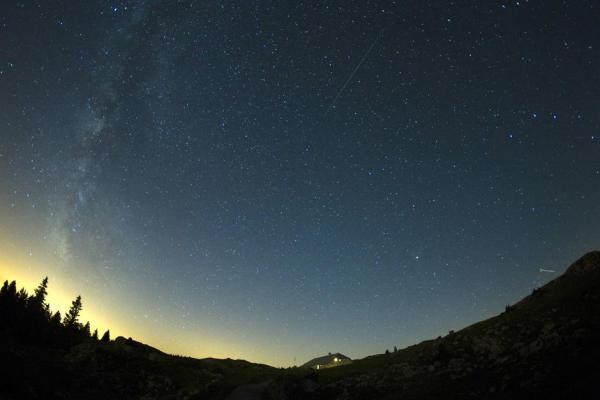
4) The velocities of meteoric bodies are different - from 11 to 75 km / s. In addition to single, sporadic meteors can be seen meteor showers.
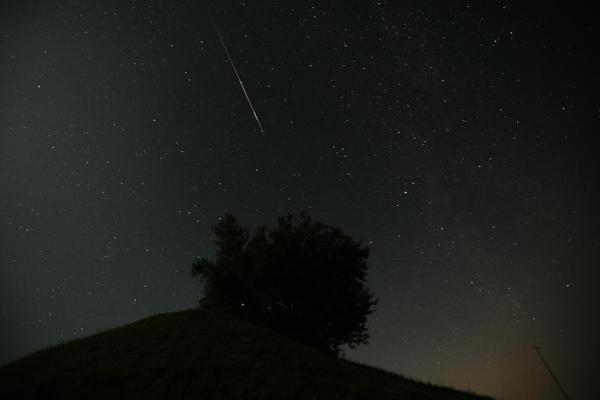
5) The meteorite enters the Earth's atmosphere during the Perseid meteor shower in the north-eastern part of Switzerland.
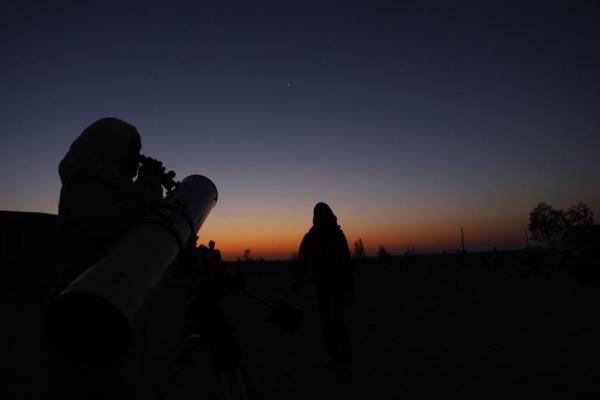
6) People gathered to watch the Perseid meteor shower in the desert not far from Amman.
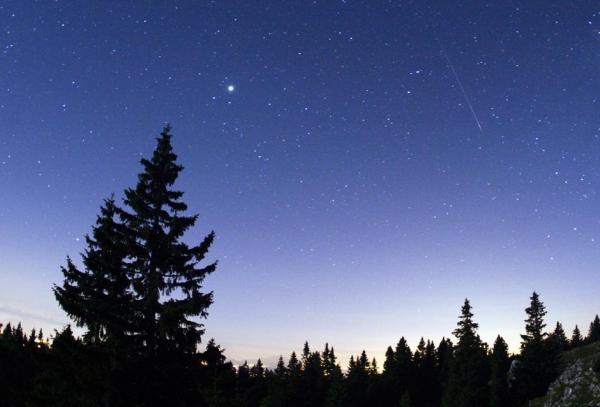
7) Meteor streaks on the background of stars in the night sky over the mountain Mont Tendre, north of Geneva.

8) August meteors - fragments of Comet Swift-Tuttle (Swift-Tuttle). This comet, discovered in 1862, it took about 130 years to circle the sun.

9) And almost like a comet Tempel-Tuttle, which has left a trail of debris along the orbit (they can be observed in November - it's exciting Leonid (Leonid Meteors)), the comet Swift -Tuttle leave such a trail, which is visible from our planet as the Perseids.

10) the Milky Way during the Perseid meteor shower over the Los Padres National Park in California.
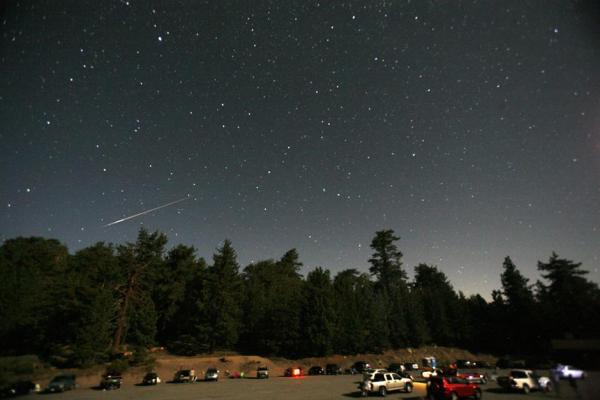
11) Every year in mid-August when the Earth comes close to the orbit of Swift -Tuttle, splinters and dust left behind by a comet slam into our atmosphere at speeds of about 37 miles (60 kilometers) per second, and create bright streaks of light in our night skies in midsummer.

12) According to the predictions of the two researchers Perseids this year - the meteor rain to be unusually intense.
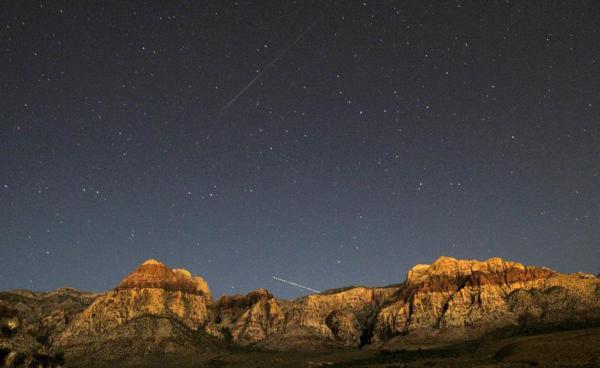
13) Perseid Meteor (top) and a trace of the jet over the rocks Red Rock Canyon near Las Vegas.

14) Perseid meteor in the skies above Palm Beach Gardens. Unfortunately, this year the Perseids observation prevents waning moon, the appearance of which is necessary just to watch the maximum activity flux. However, the bright light of the moon is more hurt Observer faint meteors, while the bright and spectacular will be visible without any problems.


1) Almost all of August 2009 (up to ~ 24 August), you can observe a rich meteor shower Perseids called. This picture was taken using a long shutter speed and the lens' fish-eye ».

2) The Earth's surface is constantly bombarded by celestial bodies of various sizes. When the friction of air particles are heated and burn or evaporate, leaving a bright trace - a meteor.

3) called Meteor light phenomenon that occurs at an altitude of 80 km to 130 km from the Earth's surface during the invasion of the earth's atmosphere particles - meteoroids.

4) The velocities of meteoric bodies are different - from 11 to 75 km / s. In addition to single, sporadic meteors can be seen meteor showers.

5) The meteorite enters the Earth's atmosphere during the Perseid meteor shower in the north-eastern part of Switzerland.

6) People gathered to watch the Perseid meteor shower in the desert not far from Amman.

7) Meteor streaks on the background of stars in the night sky over the mountain Mont Tendre, north of Geneva.

8) August meteors - fragments of Comet Swift-Tuttle (Swift-Tuttle). This comet, discovered in 1862, it took about 130 years to circle the sun.

9) And almost like a comet Tempel-Tuttle, which has left a trail of debris along the orbit (they can be observed in November - it's exciting Leonid (Leonid Meteors)), the comet Swift -Tuttle leave such a trail, which is visible from our planet as the Perseids.

10) the Milky Way during the Perseid meteor shower over the Los Padres National Park in California.

11) Every year in mid-August when the Earth comes close to the orbit of Swift -Tuttle, splinters and dust left behind by a comet slam into our atmosphere at speeds of about 37 miles (60 kilometers) per second, and create bright streaks of light in our night skies in midsummer.

12) According to the predictions of the two researchers Perseids this year - the meteor rain to be unusually intense.

13) Perseid Meteor (top) and a trace of the jet over the rocks Red Rock Canyon near Las Vegas.

14) Perseid meteor in the skies above Palm Beach Gardens. Unfortunately, this year the Perseids observation prevents waning moon, the appearance of which is necessary just to watch the maximum activity flux. However, the bright light of the moon is more hurt Observer faint meteors, while the bright and spectacular will be visible without any problems.







